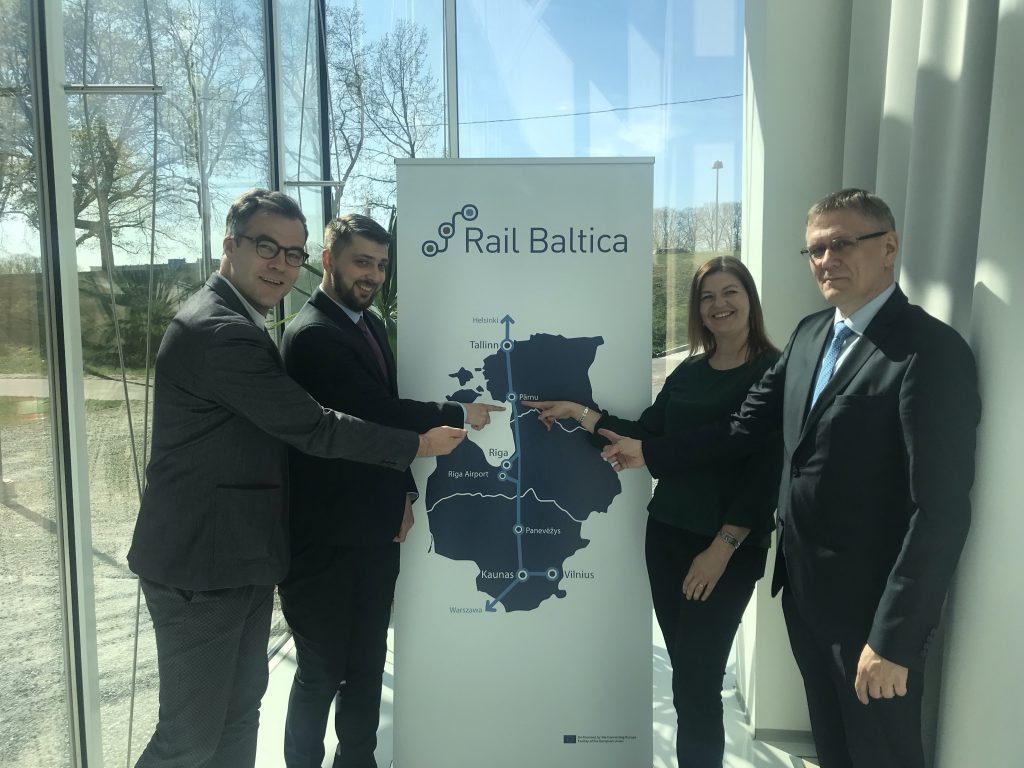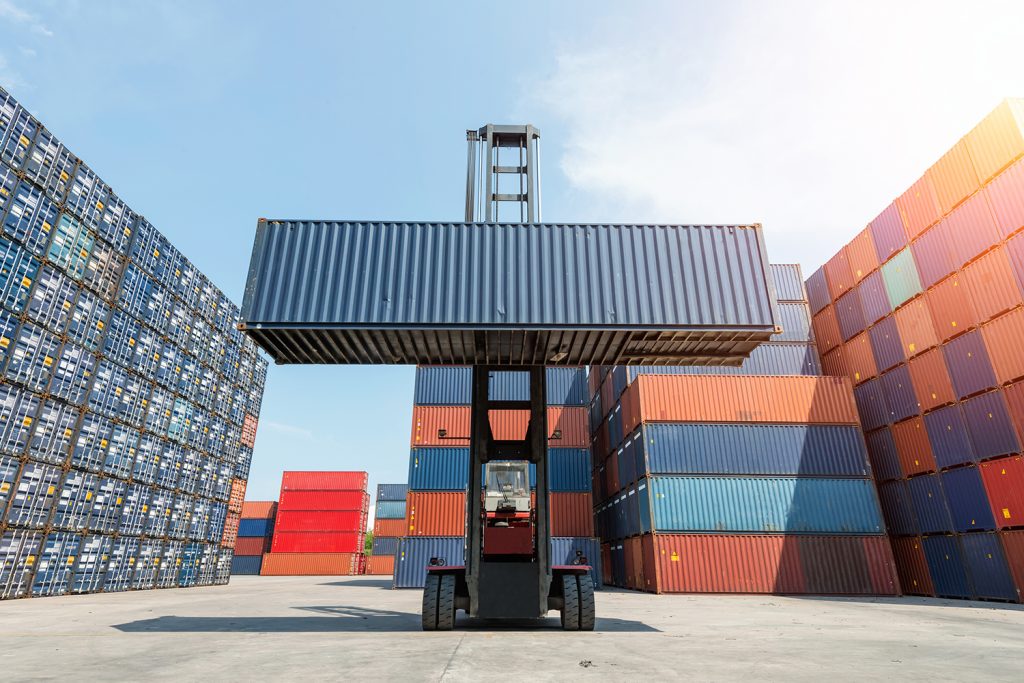
Rail Baltica team and representatives of the Pärnu district municipalities and business community discussed the findings of the study about a potential rail freight terminal in Pärnu surroundings. The study assessed the potential users of the terminal, cargo volumes and directions as well as economic viability of the project. In addition, the study identified tentative locations for the terminal and defined the basic requirements regarding space, layout, functions and equipment.
Freight flow potential, type of cargo and directions
Pärnu has become the hub for industries which have a demand for cargo railway services to transport wood products, furniture, textile and peat. The analyses of information provided from the Estonian Statistics Office and through interviews with local companies show a range of various destinations for cargo including the Benelux countries, France, Germany, Poland, and destinations to southern Europe. Within the modelling exercises carried out as part of this study a focus was placed on Duisburg, Katowice, and Warsaw. These would act as a natural stop on the way to any of the abovementioned countries. It was estimated that the terminal would service approximately 10 to 14 trains per week starting from 2026.
Benefits for the industry and logistics service providers
The terminal in the Pärnu region would allow fast and direct access to the markets of central Europe. Based on the findings of the study, this would be achieved at a rate that is competitive to the road sector at medium distances and would have advantage over road sector at long distances. Due to the nature of rail transport and the average speeds that can be achieved, trains departing from Pärnu terminal would be able to reach Duisburg in just over 40 hours. This time and cost savings feed directly back into the revenues for the industry players and allow them to get their products to the market faster.
From the point of view of safety, there is no comparison with the road sector. Through rail services shippers’ goods are transported via a much safer method when compared to road. This is more so important for the transport of oversized goods and dangerous goods.
Benefits for the society
The overall benefits for society relate to the potential savings in terms of the environmental, social, and economic level. Based on the modelling carried out as part of the study in terms of the numbers of wagons transported per year and the modal shift that would be expected, the number of trucks on the road and the related noise emissions from these are expected to significantly reduce.

In addition, rail is statistically proven to be a much safer transport mode when compared to road transport. This trend is repeated throughout Europe highlighting the benefits of rail freight transport over road in terms of accidents and deaths and showing that all measures that can be used to reduce road traffic will have a beneficial societal effect.
The economy in the region will benefit further from the transport options available and/or also from new added value chains arising from the intermodal transport services. Engagement in the terminal and transhipment activities or even in transport itself are additional economic opportunities beside the improvements of the overall logistics and supply chains.
In terms of employment opportunities, the terminal is foreseen to create 13 new jobs, Furthermore, the local areas will benefit further from getting a competitive edge and allowing further development of businesses.
The cost of the potential terminal
The total initial investment cost in the terminal and freight station is assessed to be from 40 to 65 million EUR depending on the selected option. This includes costs associated with acquisition of land, site clearance, earthworks, railway tracks and roads, construction of handling and storage areas.
Next steps
The detailed spatial planning and preliminary design of the cargo terminal will be started by Rail Baltic Estonia OÜ in the last quarter of 2019. Construction of the terminal can be started after the adoption of the detailed spatial plan. It is planned to finance the construction from next calls of the Connecting Europe Facility. The new cargo terminal will be completed at latest by the start of operations of Rail Baltica.
The study was conducted by two railway consulting and engineering companies CIVITTA (Estonia) and Railistics (Germany) and is available here.
